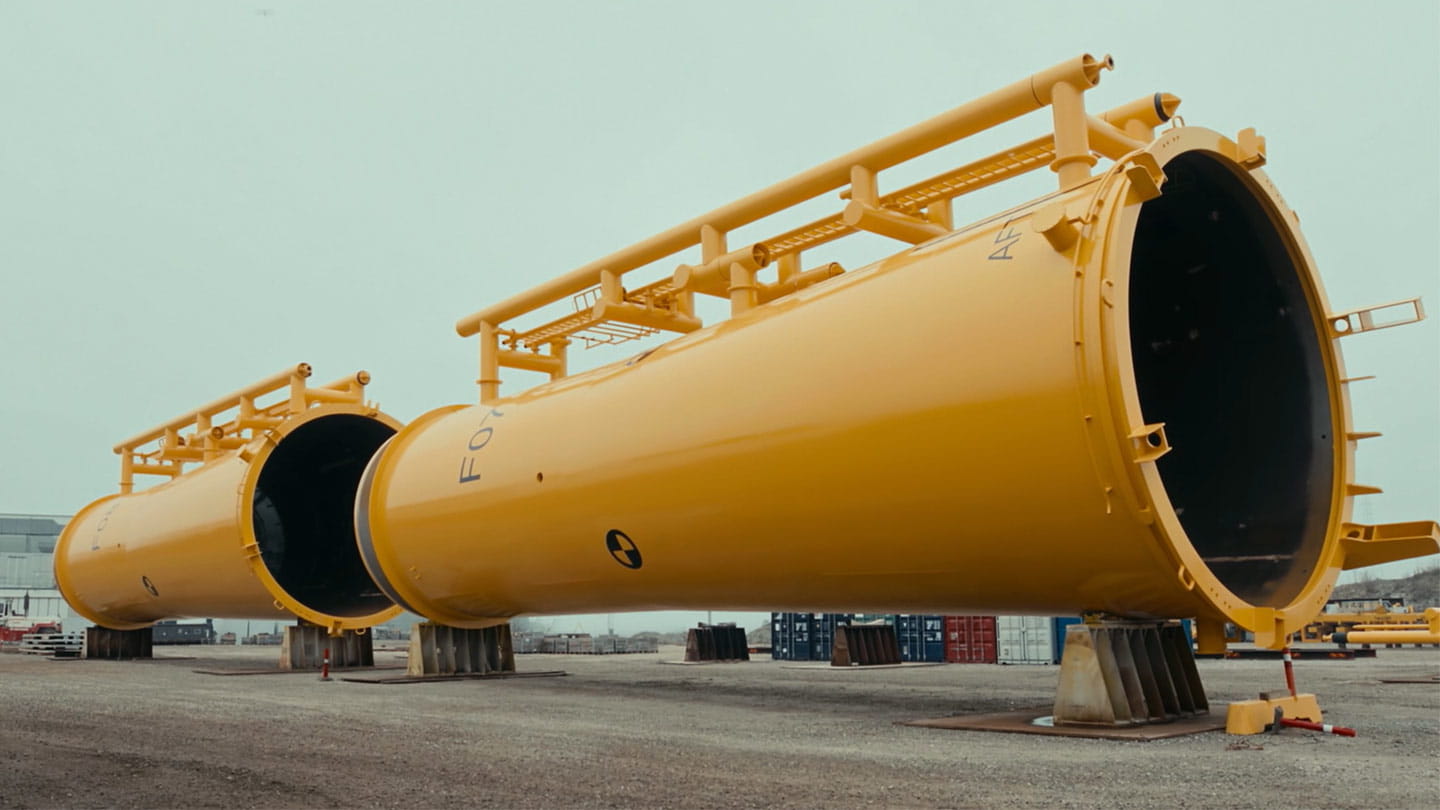
Laying the foundations for low-emission steel
Simon Juul Toft, Ørsted’s Head of Green Procurement, explains why long-term collaboration with a key supplier can help reduce emissions from heavy plate steel.
Read Simon’s take
Simon Juul Toft, Ørsted’s Head of Green Procurement, explains why long-term collaboration with a key supplier can help reduce emissions from heavy plate steel.
Read Simon’s take
Peter Kofod Kristensen, Ørsted’s Director of Bioenergy Sustainability, explains our approach to nature-based climate solutions such as restoring mangroves in The Gambia.
Read Peter's take
Olivia Breese, Ørsted’s Senior Vice President, Head of Power-to-X and interim CEO of Region Europe, explains what it will take to power global shipping with e-methanol – and the latest steps we’re taking in the right direction.
Read Olivia’s take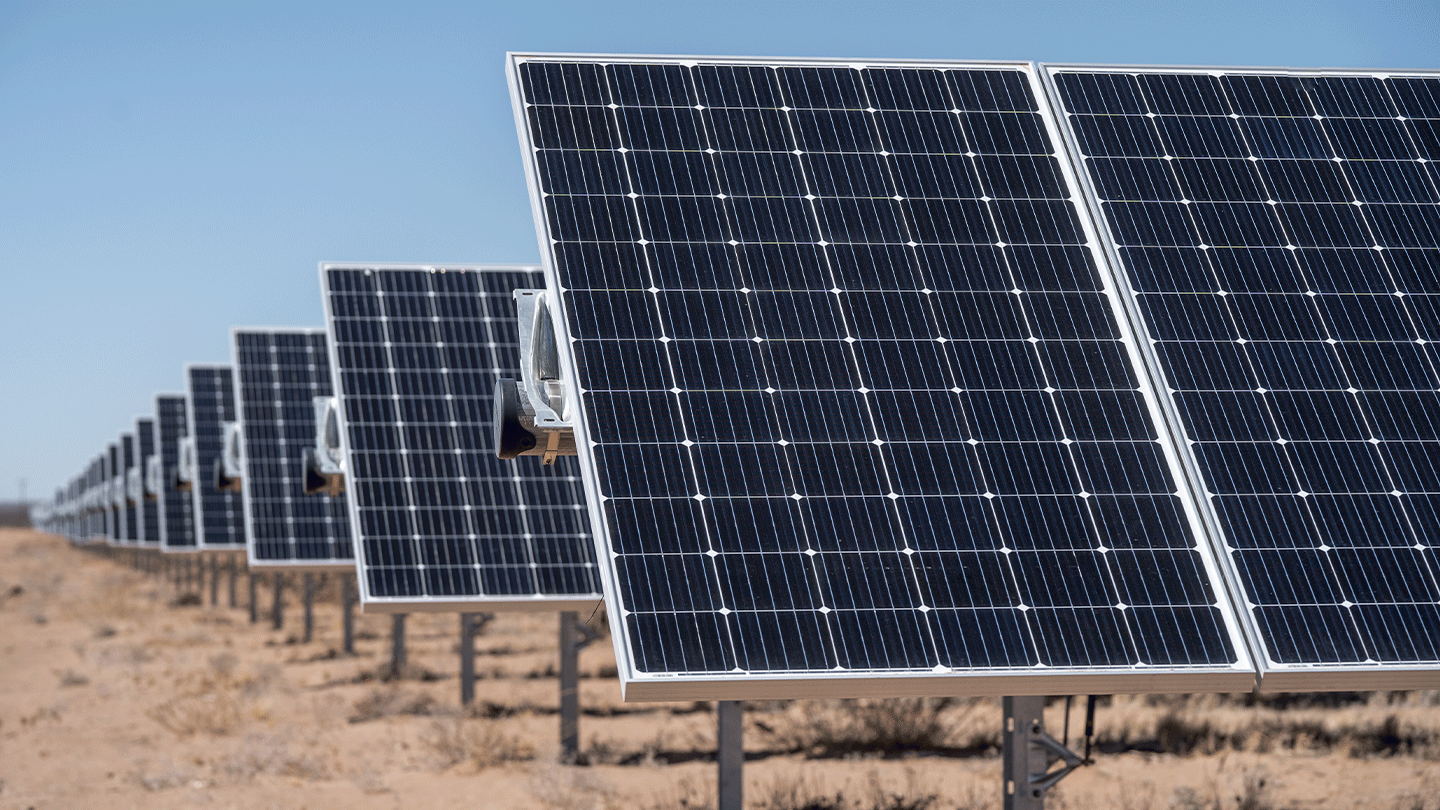
Toni Darwish, Director of Development, and David Dixon, Director of Procurement for Region Americas discuss flexible energy systems, how to expand solar power while keeping its value high, and digitalization’s potential impact on the solar industry.
Read Toni's take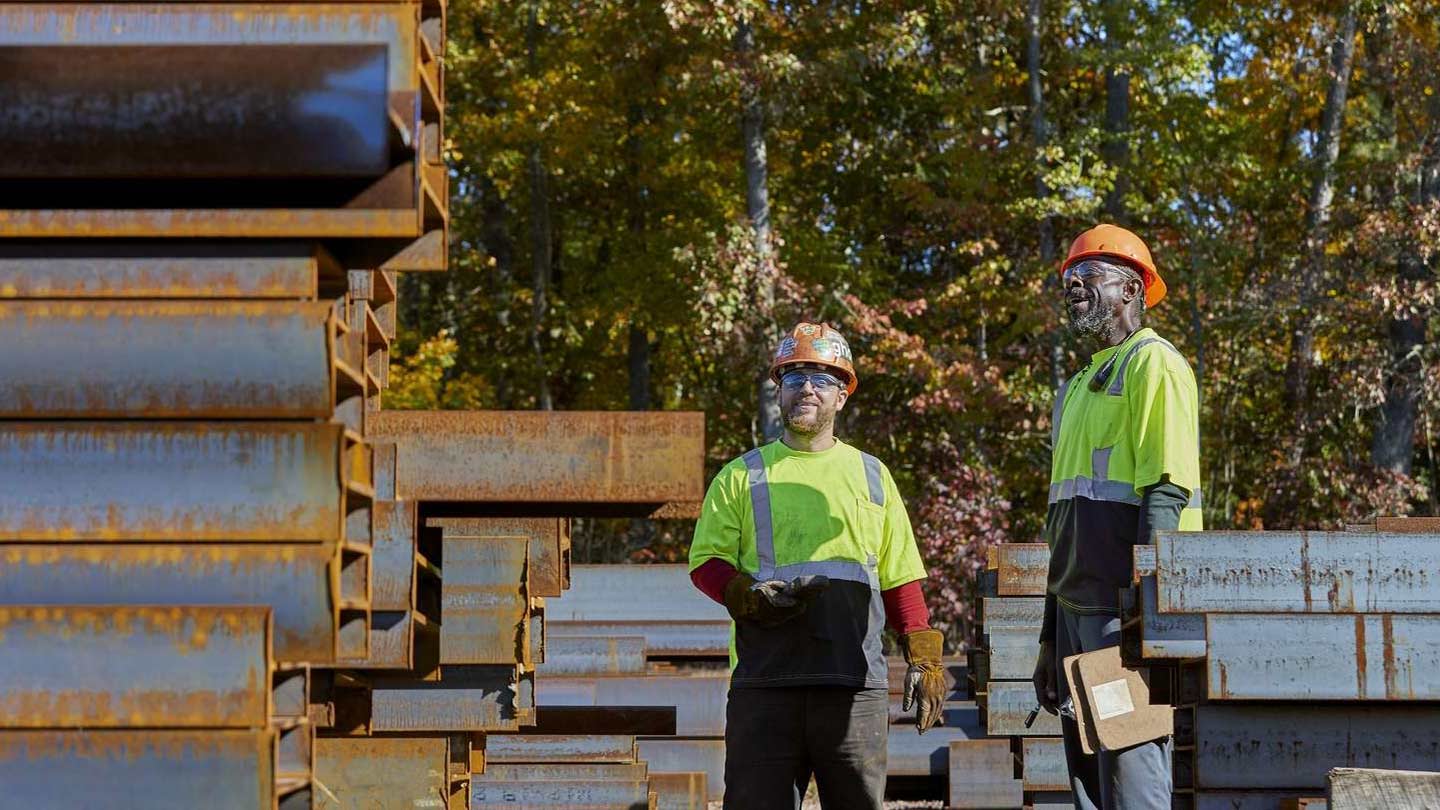
Johan Schoonhoven, Senior Circularity Specialist, and Cat Hemmingsen, Senior Biodiversity Specialist discuss circularity in the renewable energy industry, and how it can help tackle biodiversity loss.
Read their take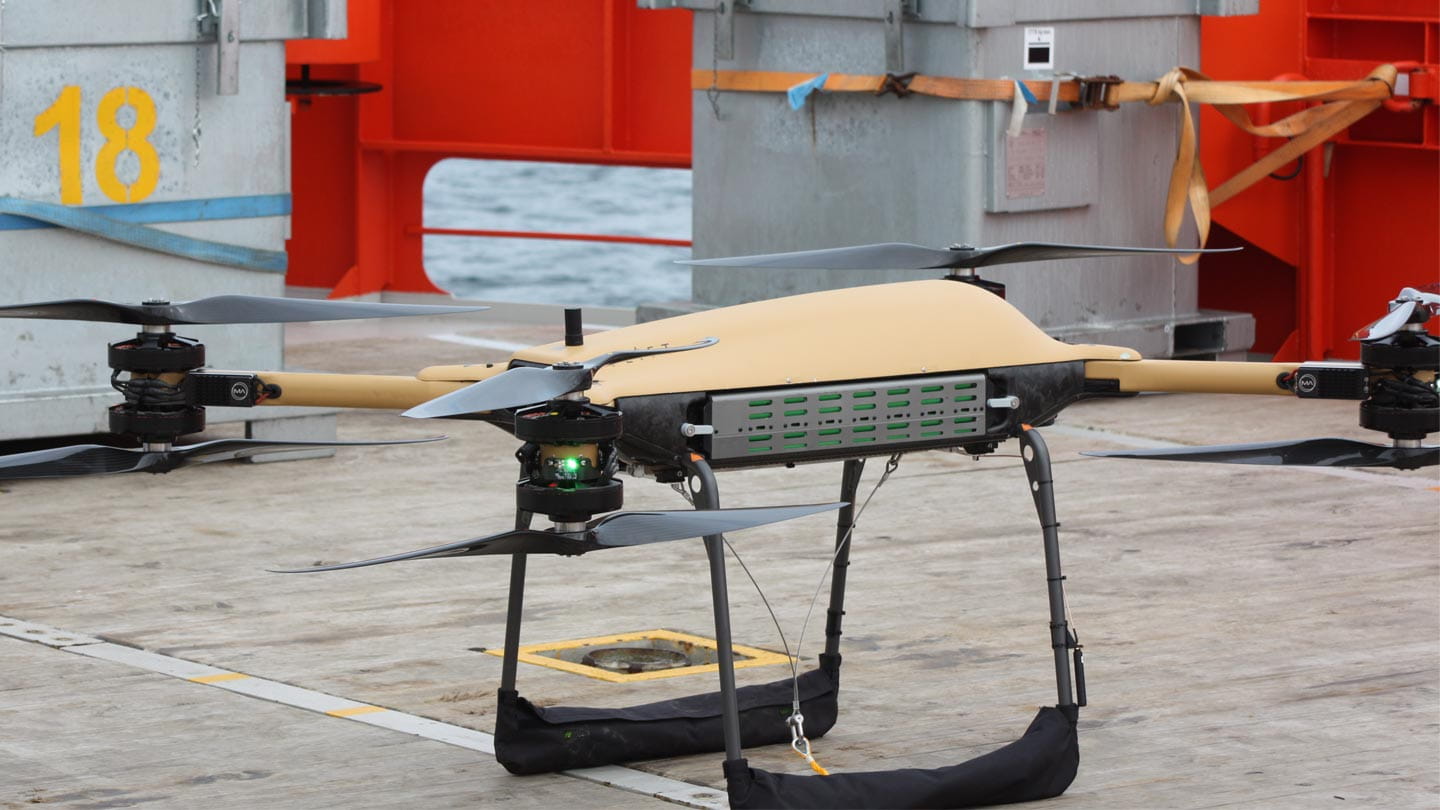
Mikkel Haugaard Windolf, Product Line Manager, Offshore Logistics discusses the role of drones in offshore wind in reducing cost and environmental impacts, and improving safety and operational efficiency
Read Mikkel's take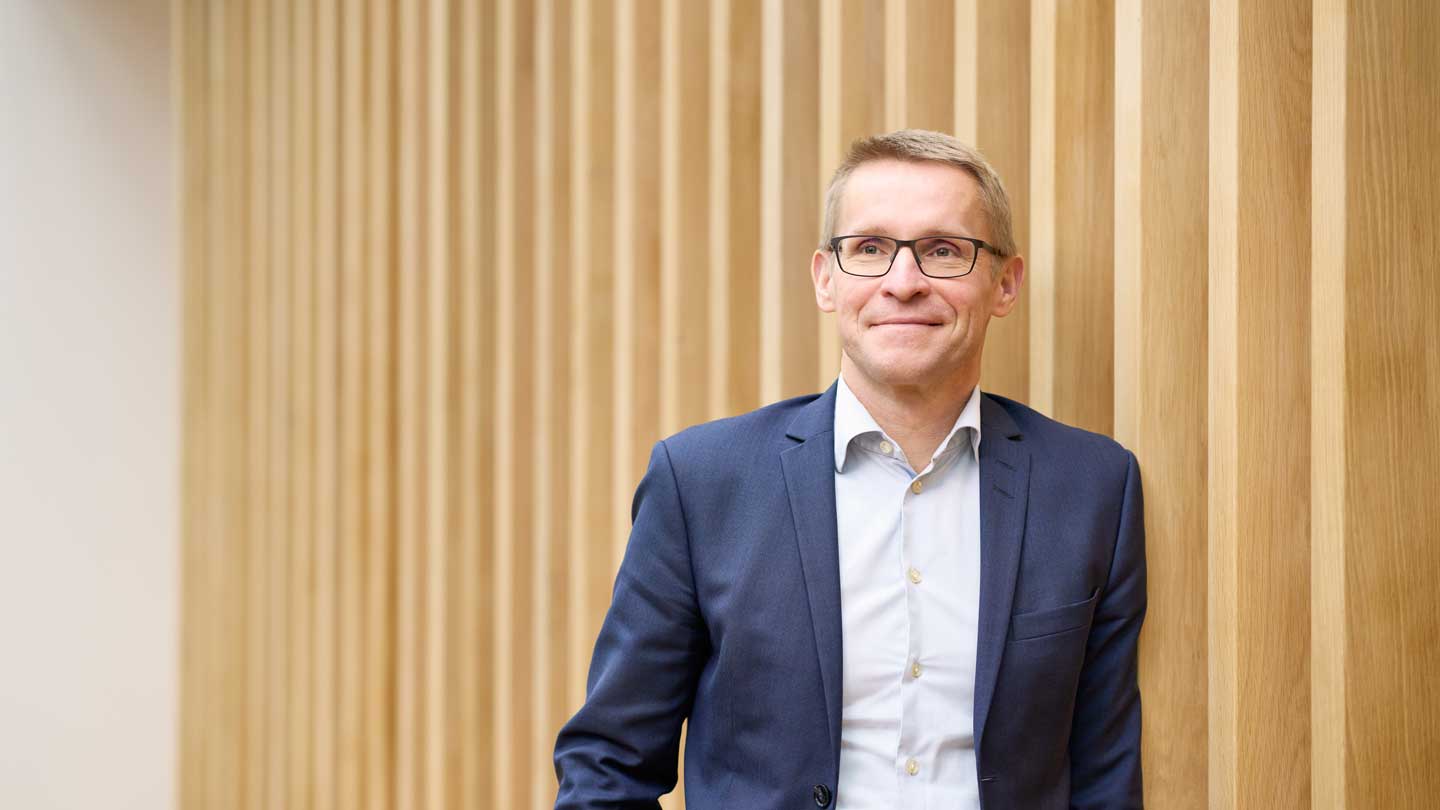
Ulrik Stridbæk, Ørsted’s Head of Regulatory and Public Affairs, outlines three areas EU decision makers should focus on to solve the European energy crisis.
Read Ulrik's take
Samir Whitaker, Biodiversity Lead Specialist at Ørsted, shares insights into the climate adaptation strategies that can help protect people and nature from the effects of climate change.
Read Samir's take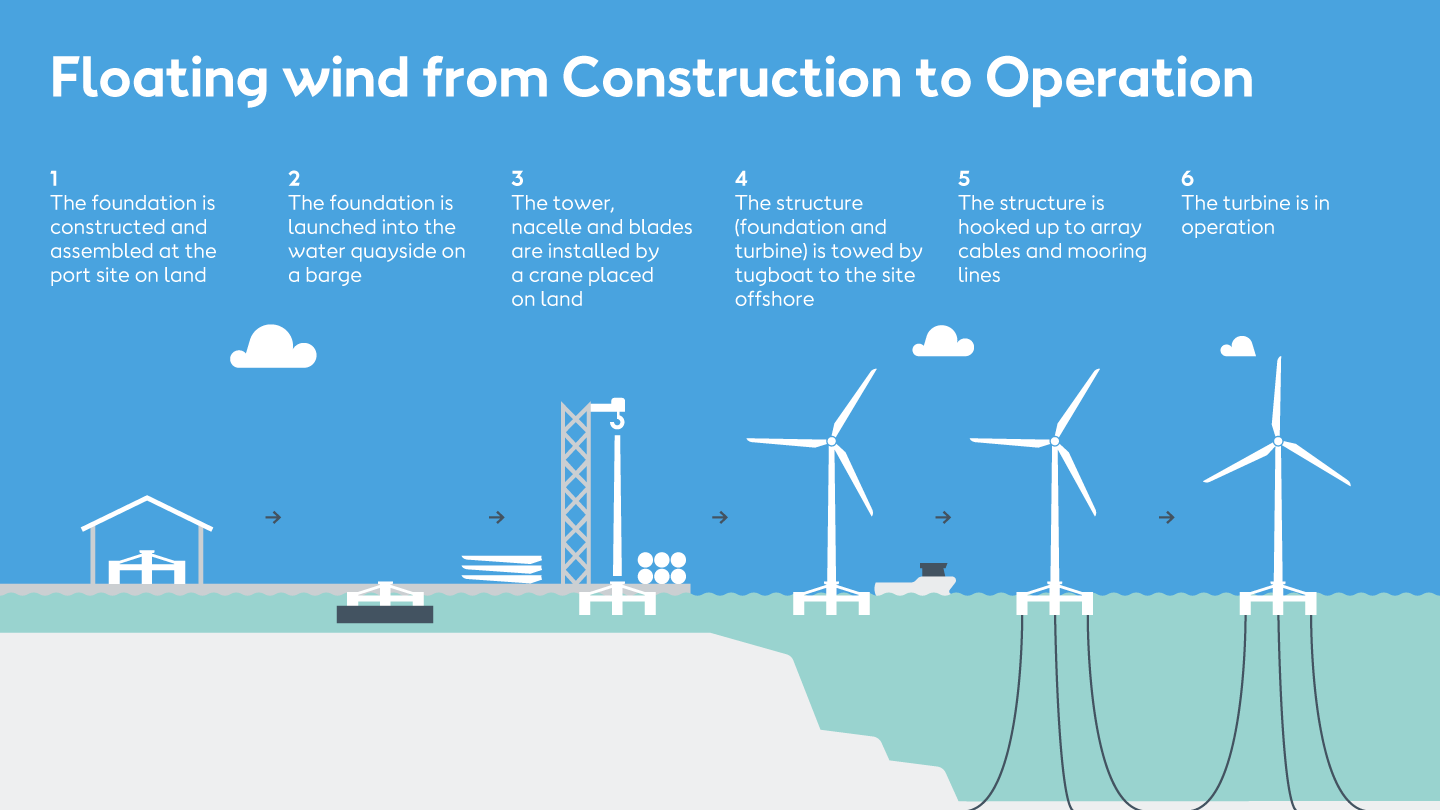
Gabriel Davies, Programme Director for Floating Wind at Ørsted, lays out what it will take to deliver floating offshore wind as a global industry at scale.
Read Gabriel's take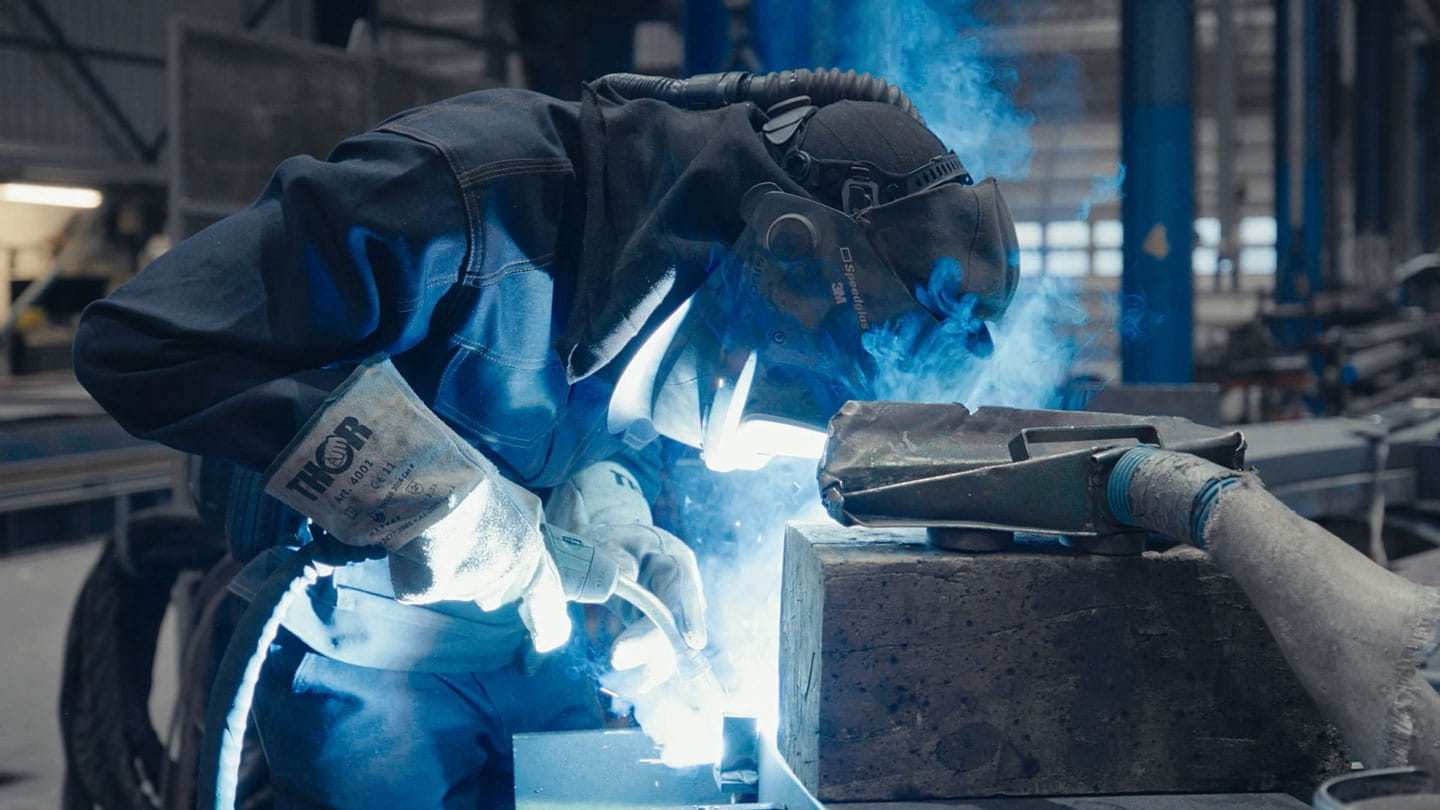
Fredrik Åberg, Lead Category Manager for Steel at Ørsted, explains why and how Ørsted is working to decarbonize the steelmaking process.
Read their take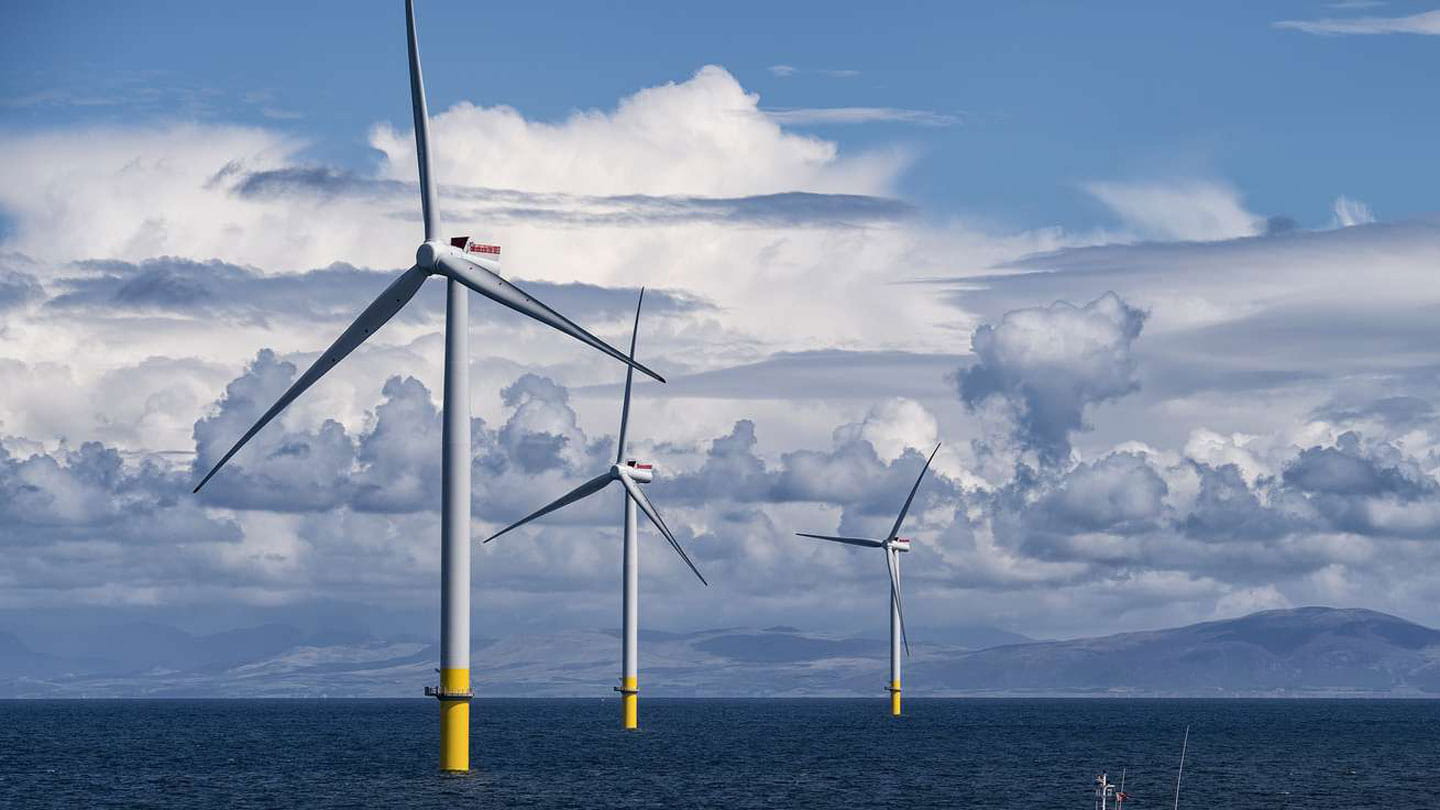
Magnus Hornø Gottlieb, Senior Public Affairs Advisor at Ørsted, answers a pertinent question: in a world running entirely on green energy, how do we ensure energy is available at all times - even when the sun doesn’t shine and the wind doesn’t blow.
Read their take
Madeline Hodge, Lead Sustainability Advisor at Ørsted, lays out five areas where ocean health is vital to humanity – and why we need to protect it.
Read their take